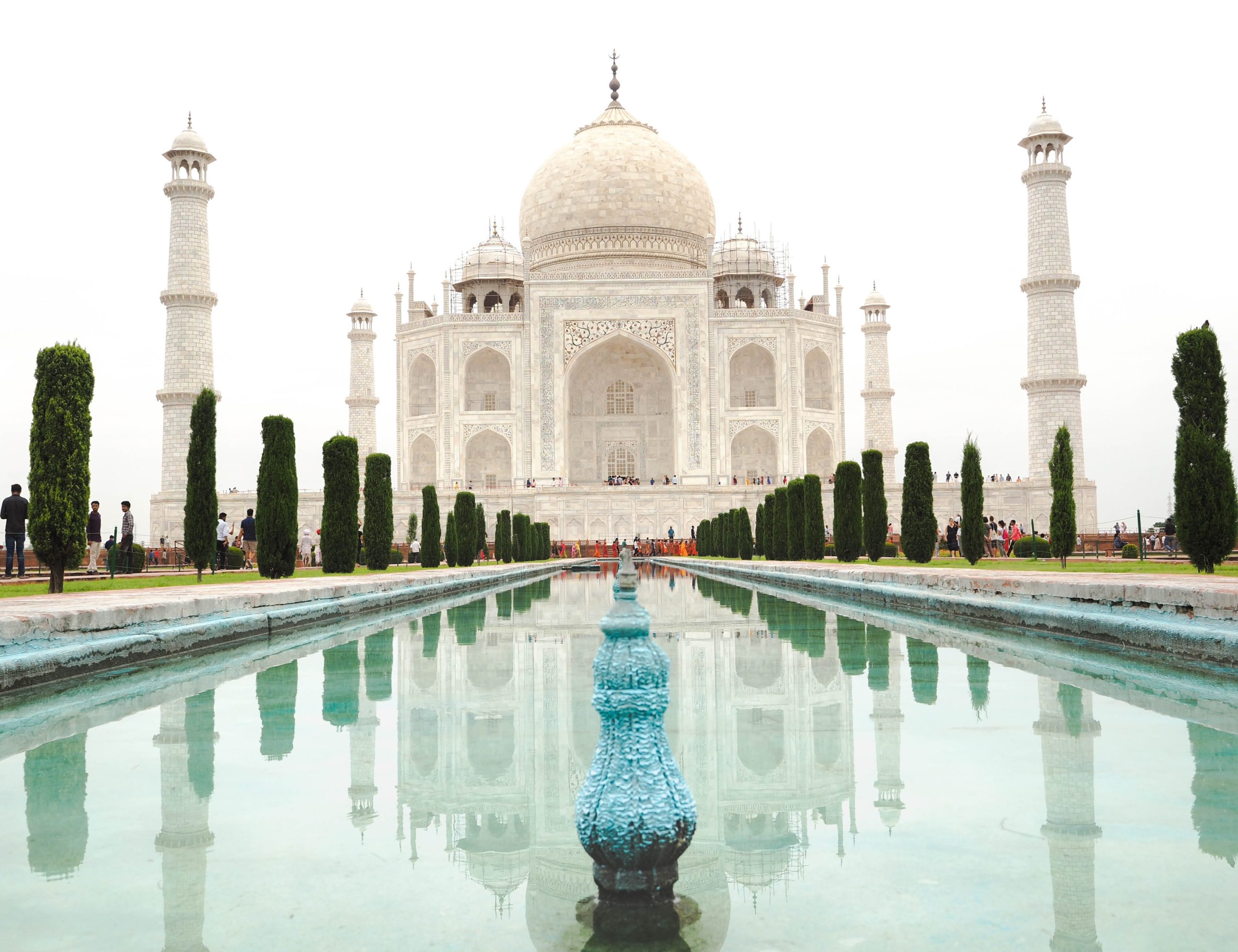Rising gracefully on the banks of the Yamuna River in Agra, the Taj Mahal is more than an architectural masterpiece — it is a timeless ode to love, beauty, and devotion. Every marble curve tells a story that has transcended centuries, earning it a place among the New Seven Wonders of the World.
Rising gracefully on the banks of the Yamuna River in Agra, the Taj Mahal is more than an architectural masterpiece — it is a timeless ode to love, beauty, and devotion. Every marble curve tells a story that has transcended centuries, earning it a place among the New Seven Wonders of the World.
The Story Behind the Stone
The Taj Mahal was commissioned in 1632 by Mughal Emperor Shah Jahan in memory of his beloved wife, Mumtaz Mahal, who died during childbirth. Grief-stricken, the emperor envisioned a monument so breathtaking that it would immortalize her memory — and he succeeded.
The Architecture of Perfection
Constructed over 22 years by more than 20,000 artisans, the Taj Mahal is a marvel of Mughal architecture, blending Persian, Islamic, and Indian design styles.
Its white marble façade changes color throughout the day — rosy at dawn, dazzling white under the sun, and golden under moonlight — a reflection of the shifting moods of love itself.
The monument’s perfect symmetry, delicate carvings, and inlaid gemstones (including jade, lapis lazuli, and turquoise) showcase the extraordinary craftsmanship of the era. The central dome rises 73 meters high, surrounded by four elegant minarets that lean slightly outward — an ingenious design to protect the main tomb in case of collapse.
The Gardens of Paradise
The Taj Mahal’s gardens, laid in the charbagh (four-part) style, represent the Islamic vision of paradise. The perfectly aligned fountains and reflecting pool mirror the monument, creating the illusion that it floats in the sky.
A Legacy Beyond Time
Over centuries, the Taj Mahal has become a symbol of eternal love and artistic excellence. UNESCO declared it a World Heritage Site in 1983, calling it “the jewel of Muslim art in India and one of the universally admired masterpieces of world heritage.”
Conclusion
The Taj Mahal isn’t just a monument — it’s poetry in stone, a celebration of human emotion carved into marble. Standing before it, one can feel both the sorrow of loss and the serenity of everlasting love — a reminder that beauty, when born of devotion, never fades.



